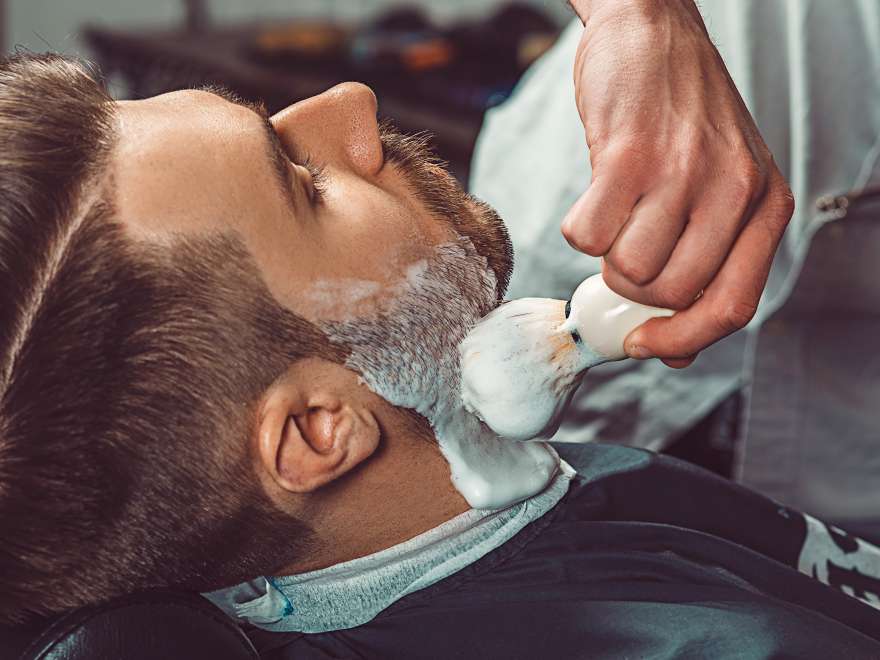Nothing is more irritating than having red patches of inflamed skin and bumps after shaving your face, legs, underarms or other areas. We’ve gathered a few tips to help you prevent razor burns when shaving!
1) Exfoliate the Skin Regularly
Exfoliating the skin before shaving helps remove dead skin cells on the surface of the skin and makes it easier for the hairs to come through. You can buy a gentle scrub or make one of your own using natural skin exfoliators such as oats, sugar, coffee, and others. This will keep your skin looking fresh and help you have a smooth shave!

2) Prep the Skin
Washing the face thoroughly with warm water helps the skin to relax and opens up pores. Consequently, hair follicles become softer, making it easier for the razor to glide over. This is why shaving before or after a shower is probably the most convenient way of preventing razor burns and achieve a clean shave. Splash your face with warm water a few times, and you’re good to go!

3) Use a Pre-Shave Lotion
A good, clean shave does not entirely depend on the quality of a razor. Pre-shave products are specially formulated to ensure a comfortable shave. They lubricate the skin and add an extra layer of protection, especially for those with sensitive skin. Before your next shave, spread a small amount of pre-shave oil, cream or gel evenly across a clean face and massage into the skin for a pain-free shave with no razor burn, rashes or patchy skin!

4) Shave in the Correct Direction
Shaving in the proper direction is important to avoid discomforts like razor burns, rashes, dryness, etc. If you experience severe irritation after shaving, the issue might come from your shaving technique. Shaving against the grain pulls away hairs from the skin, which increases the risk of ingrown hairs. As a result, bacteria, along with natural sebum oil, clog pores causing red razor bumps and pimple formation.

5) Apply an Aftershave Balm
Aftershave balms have antiseptic ingredients that help fight off bacteria and prevent skin inflammation. For instance, if you bleed when shaving, an aftershave can stop the bleeding and help your skin heal faster.

6) Change Your Blades Regularly
If your razor starts to get blunt, it’s time for a change! Blunted blades can be harsh on the skin leading to cuts and infections. To prevent this, make sure to rinse the blades and store your razor in a dry place. On average, it is recommended to change blades somewhere between 6 to 10 shaves to avoid nicks and cuts.

Let us know if these few tips helped you in the comments below!



